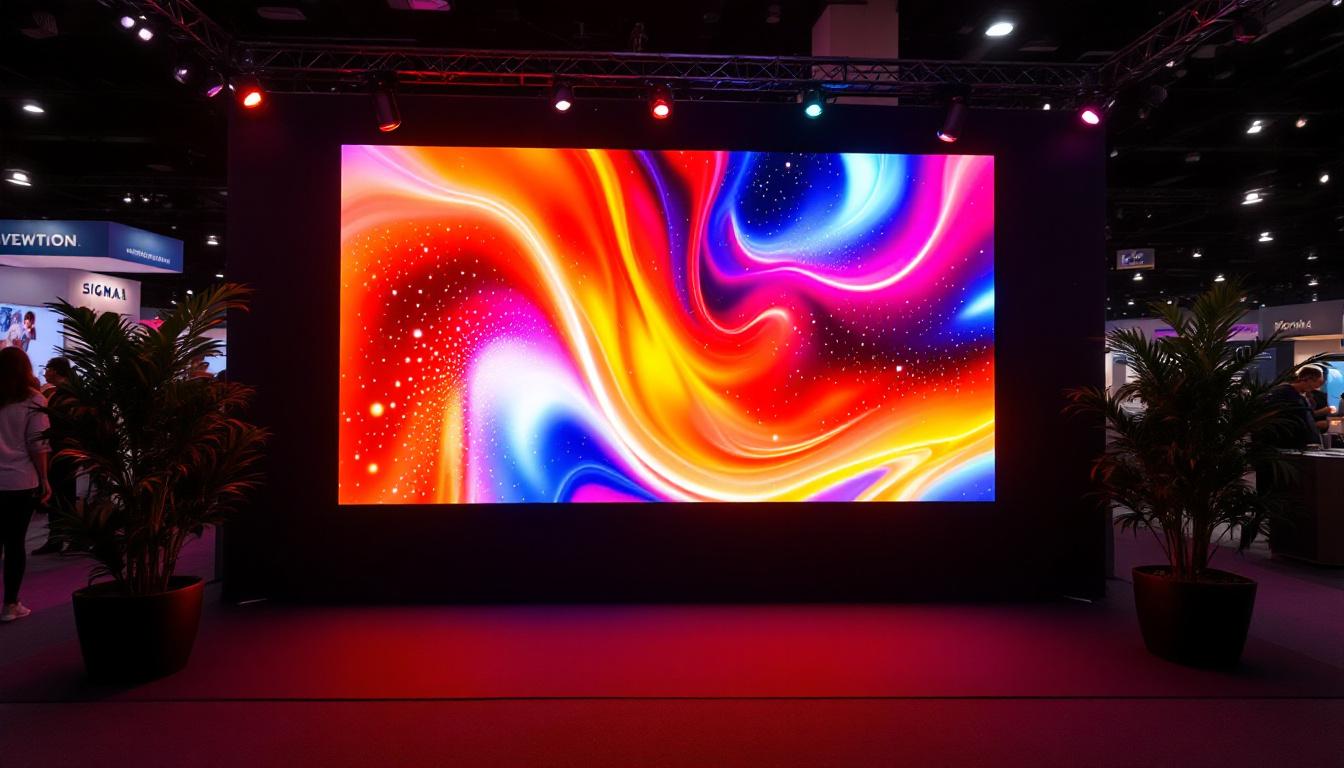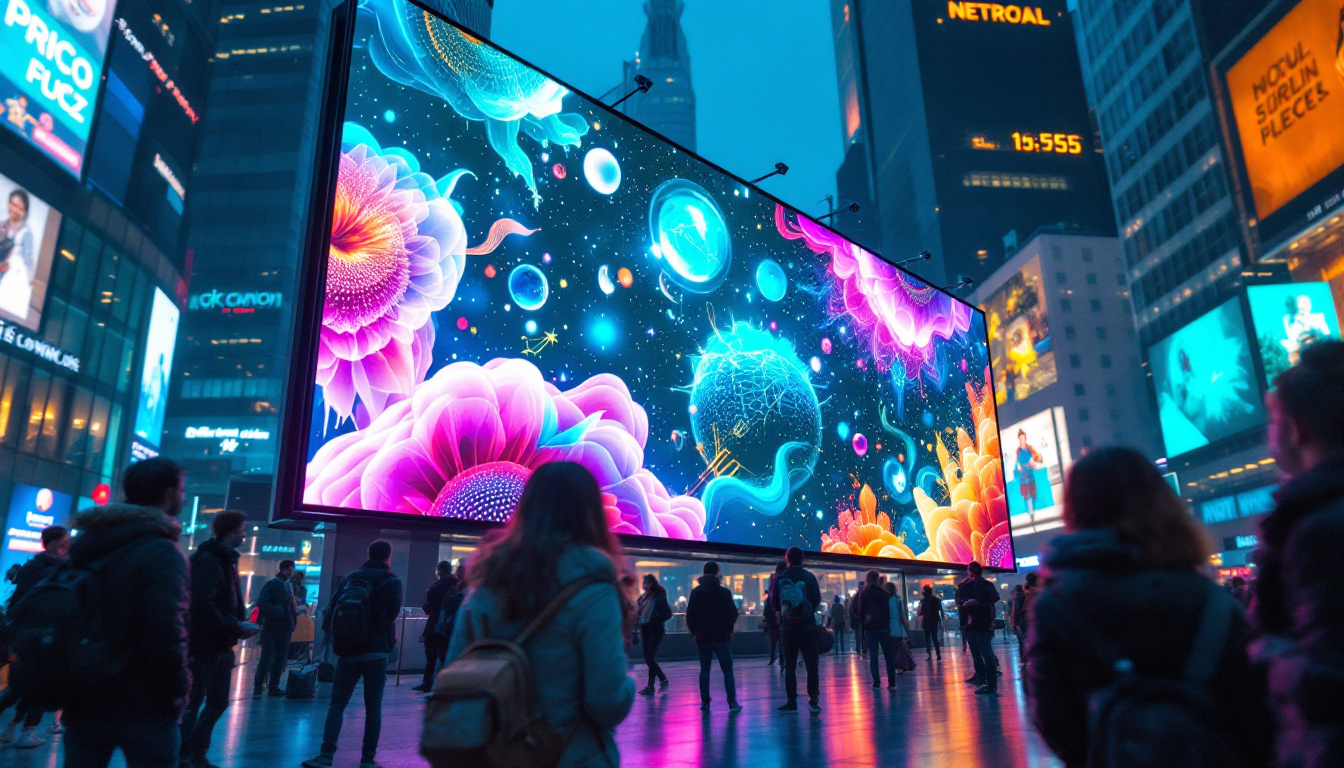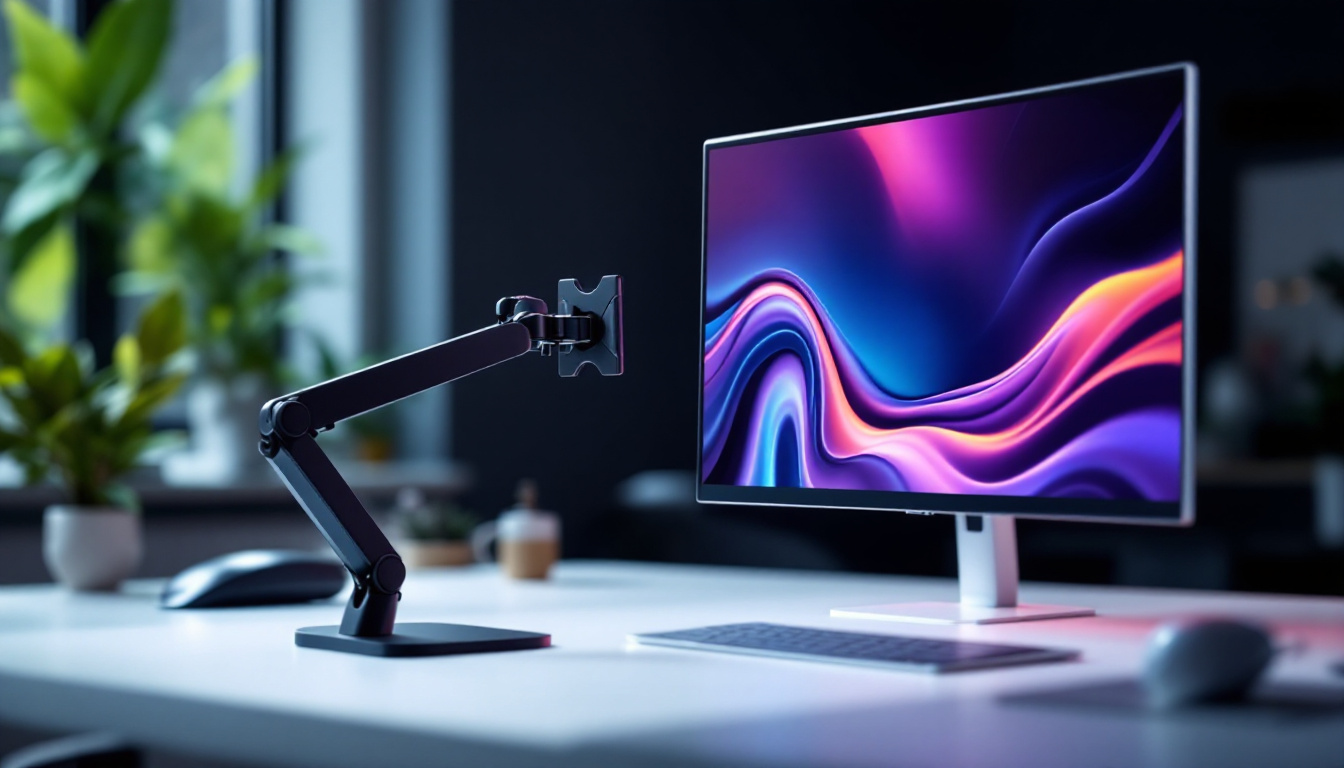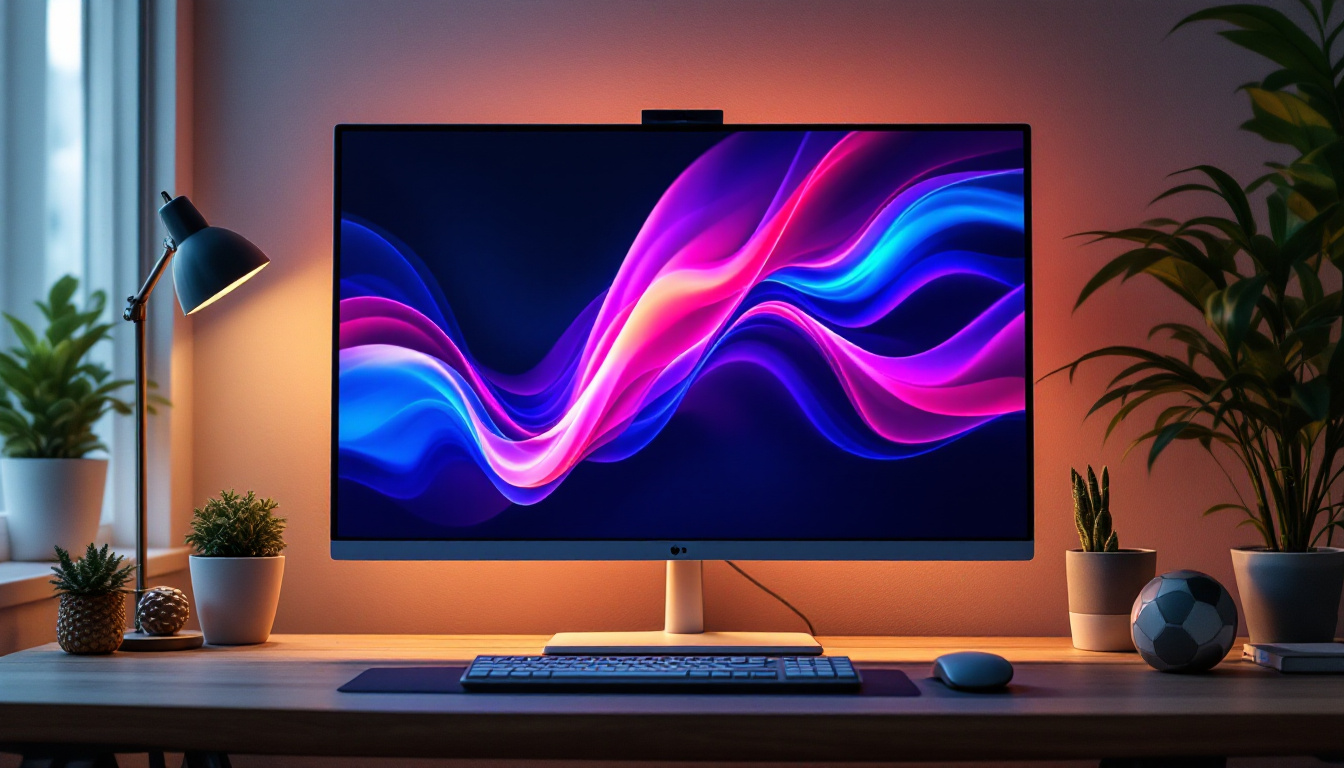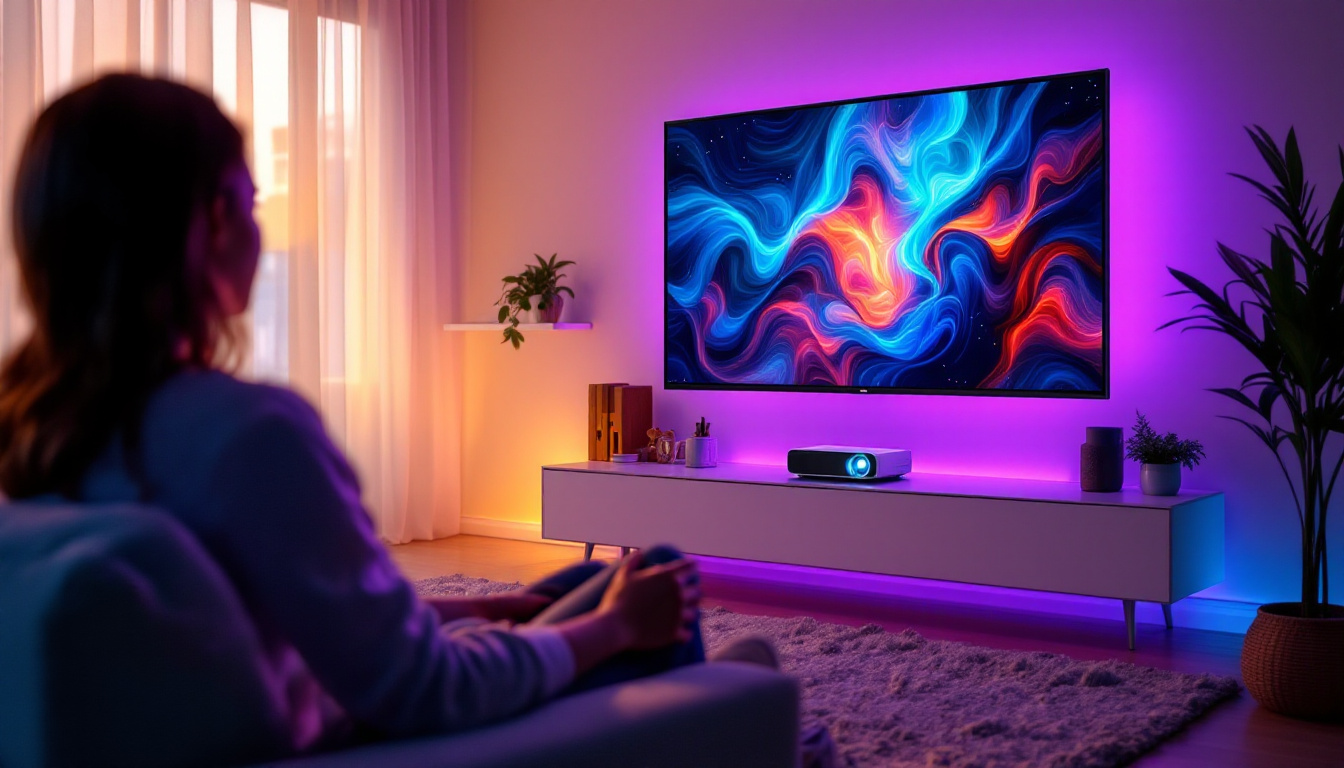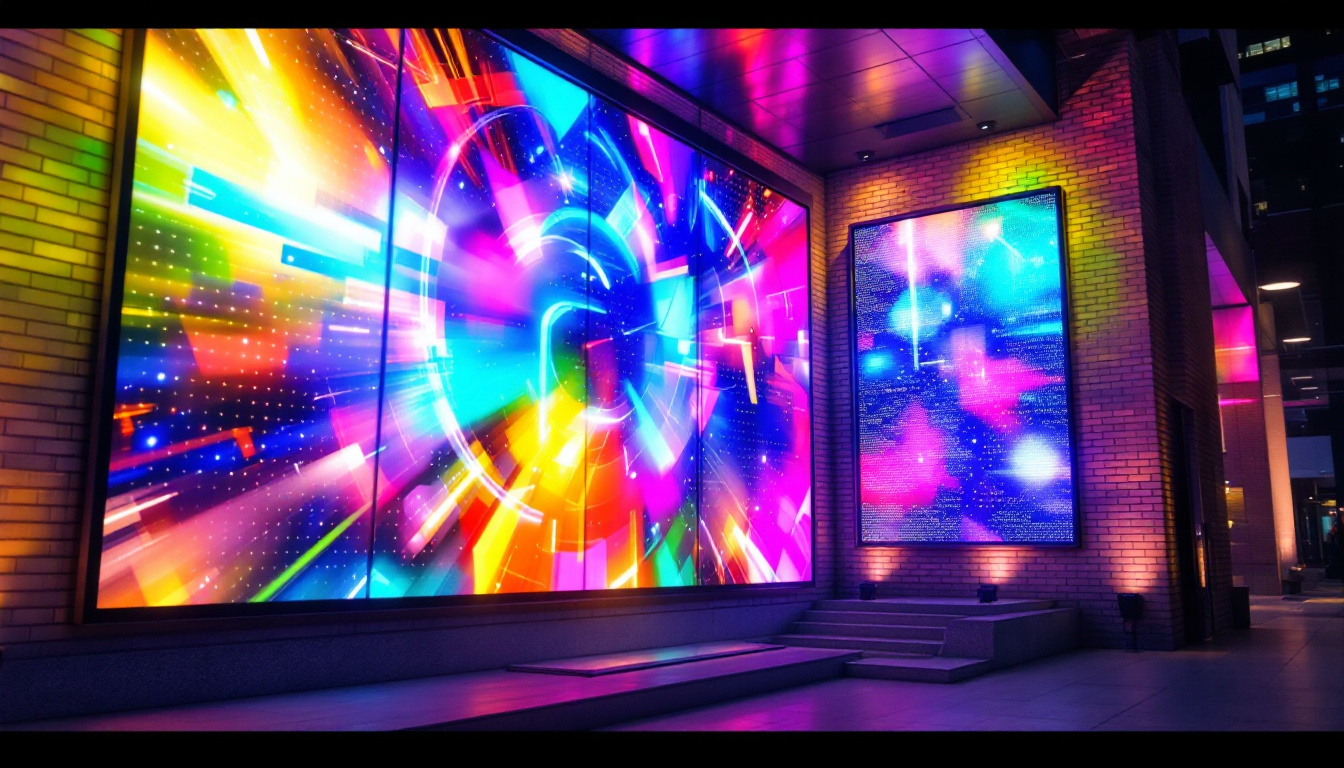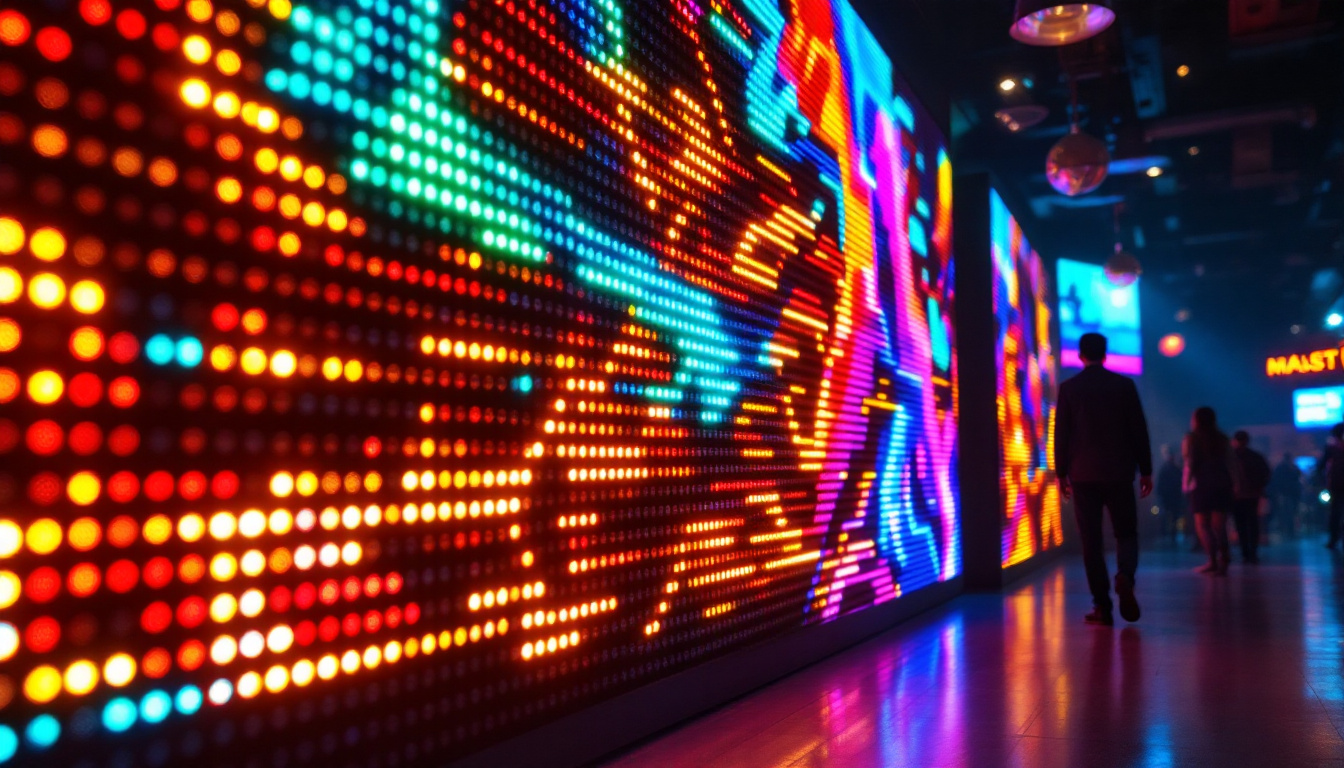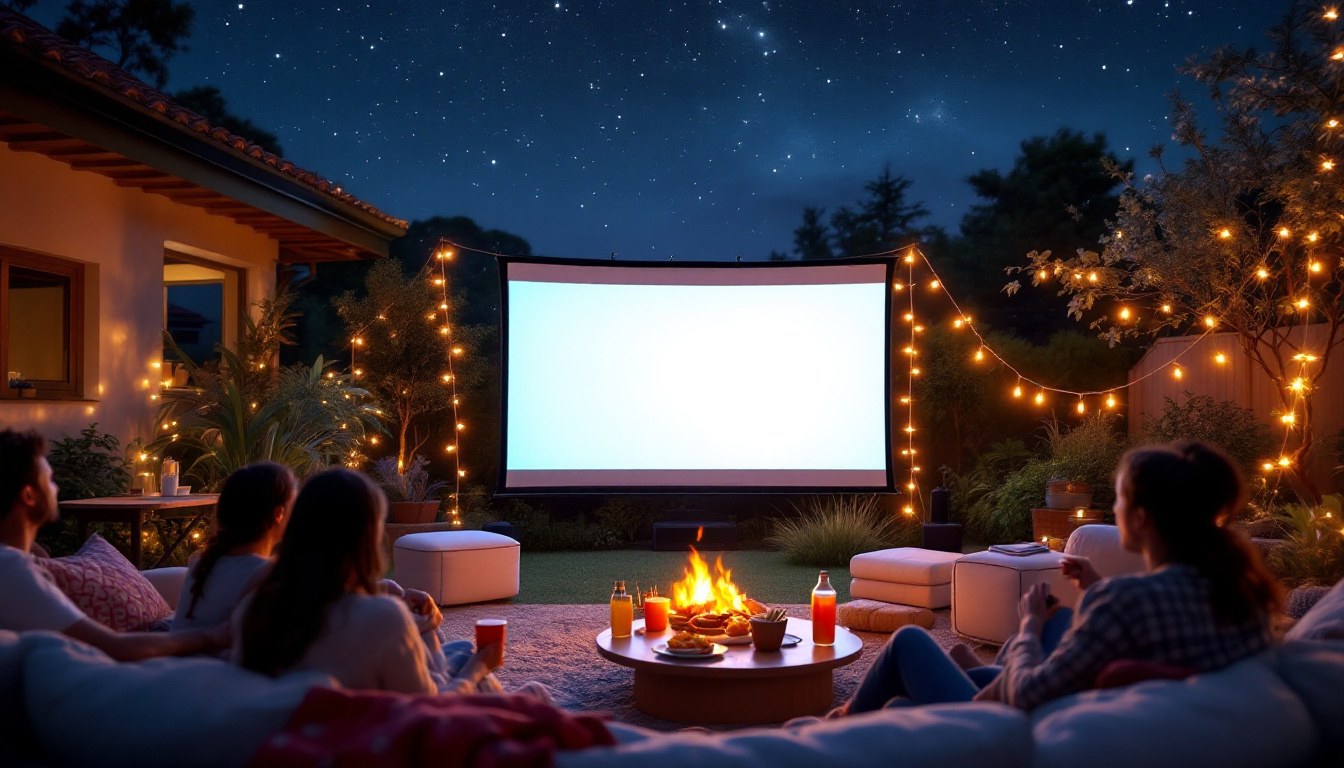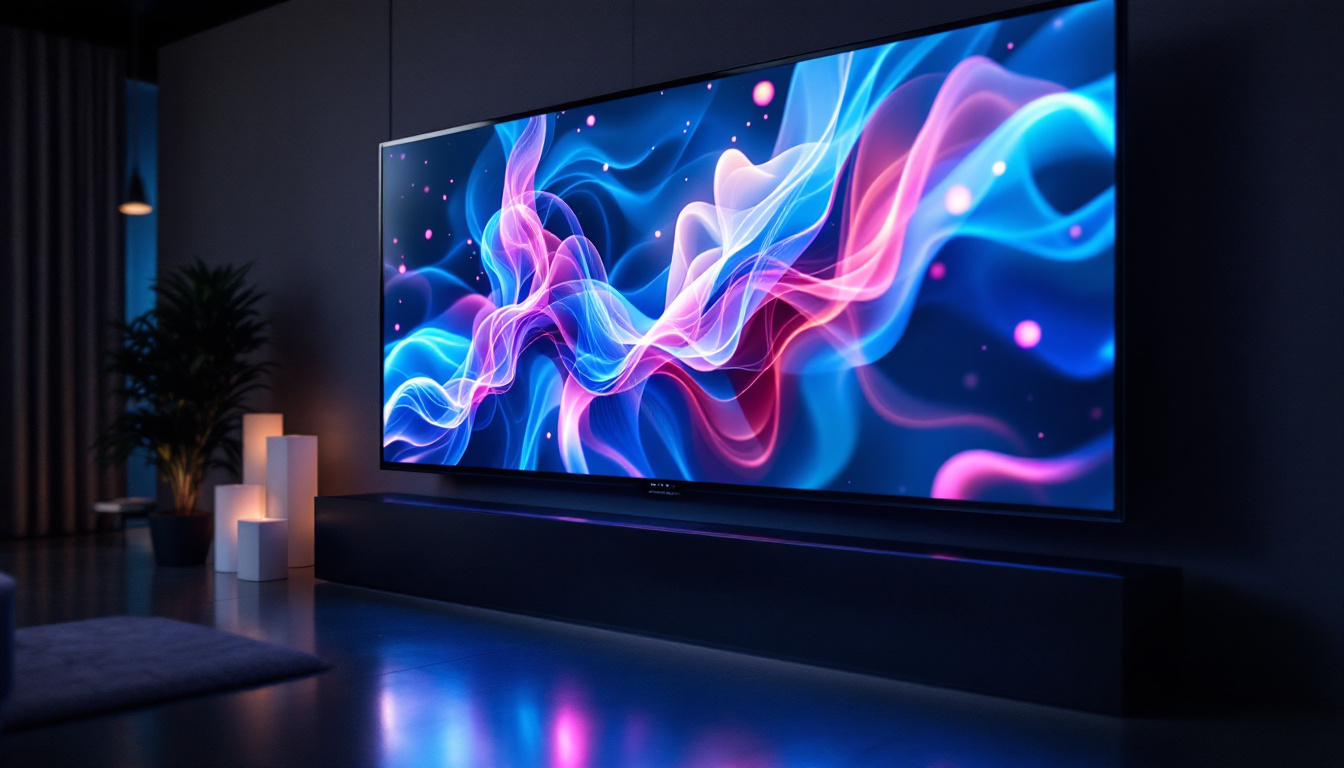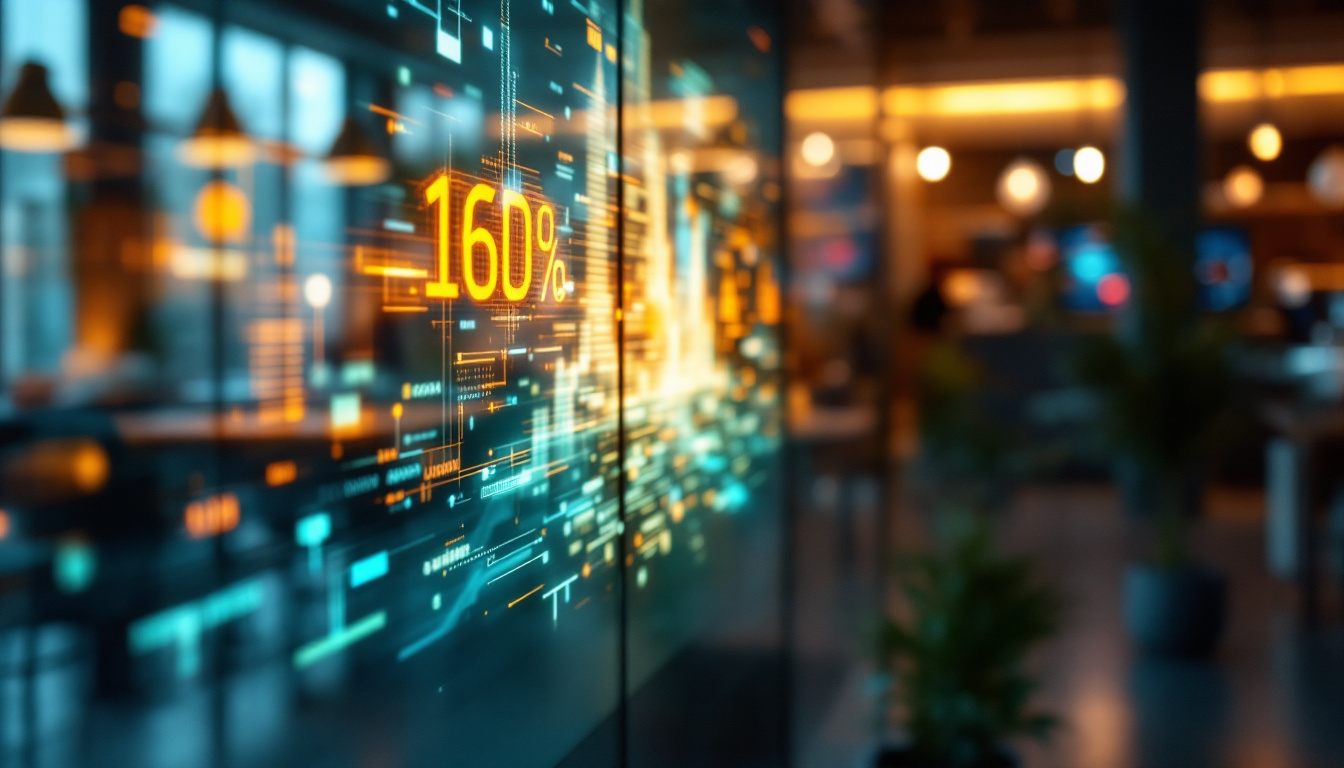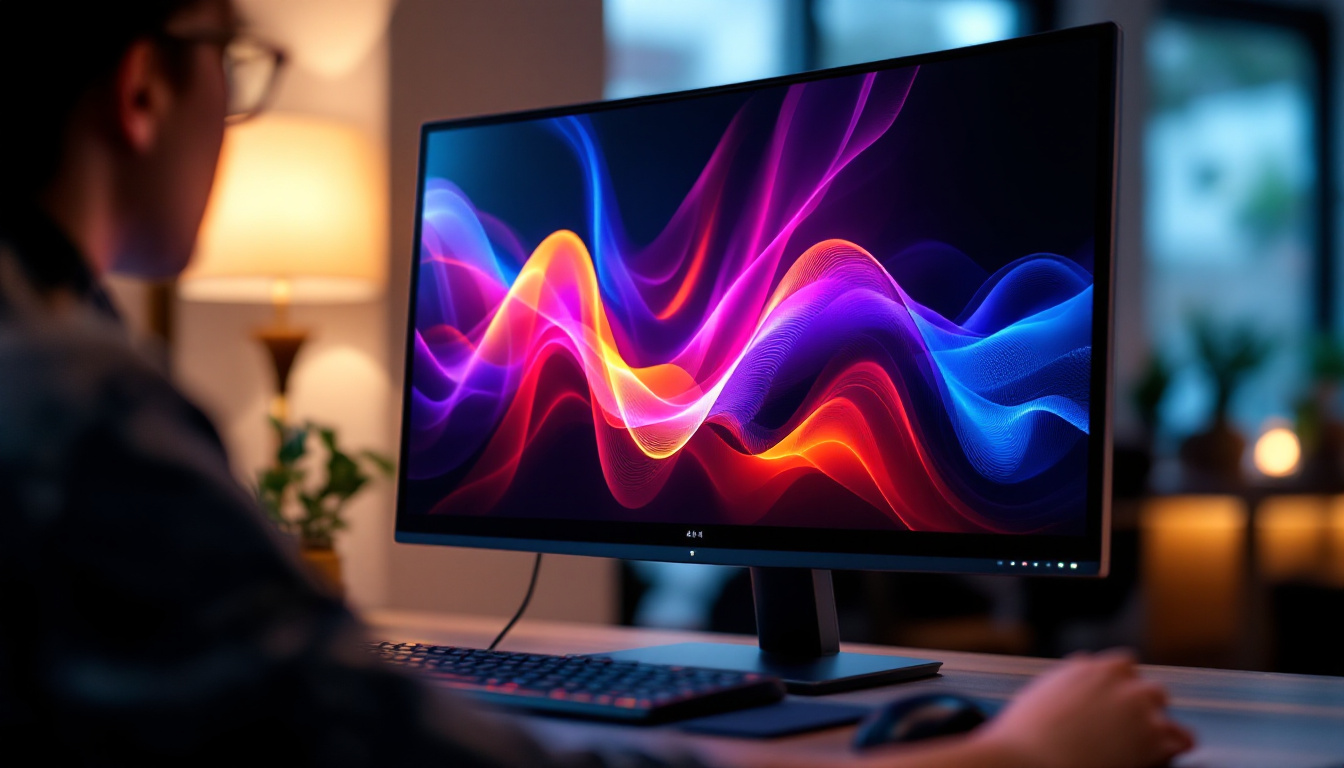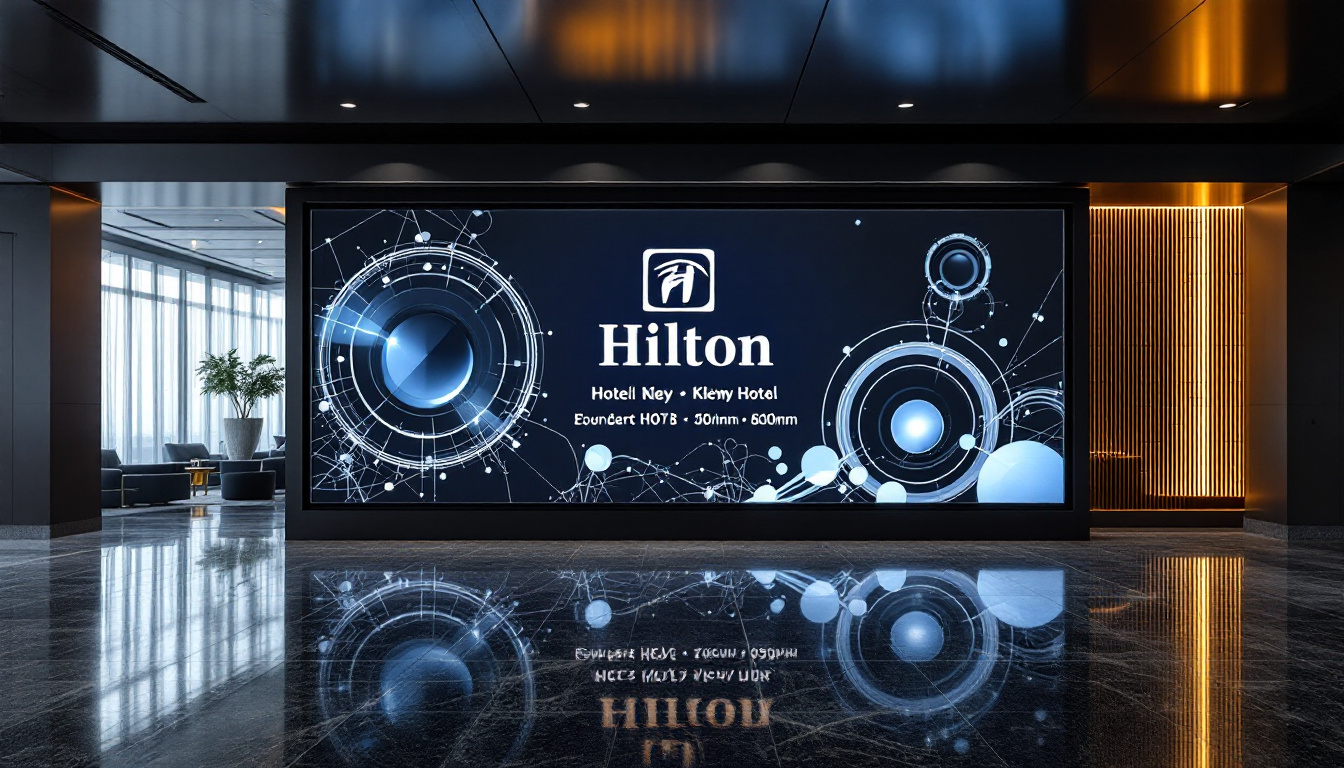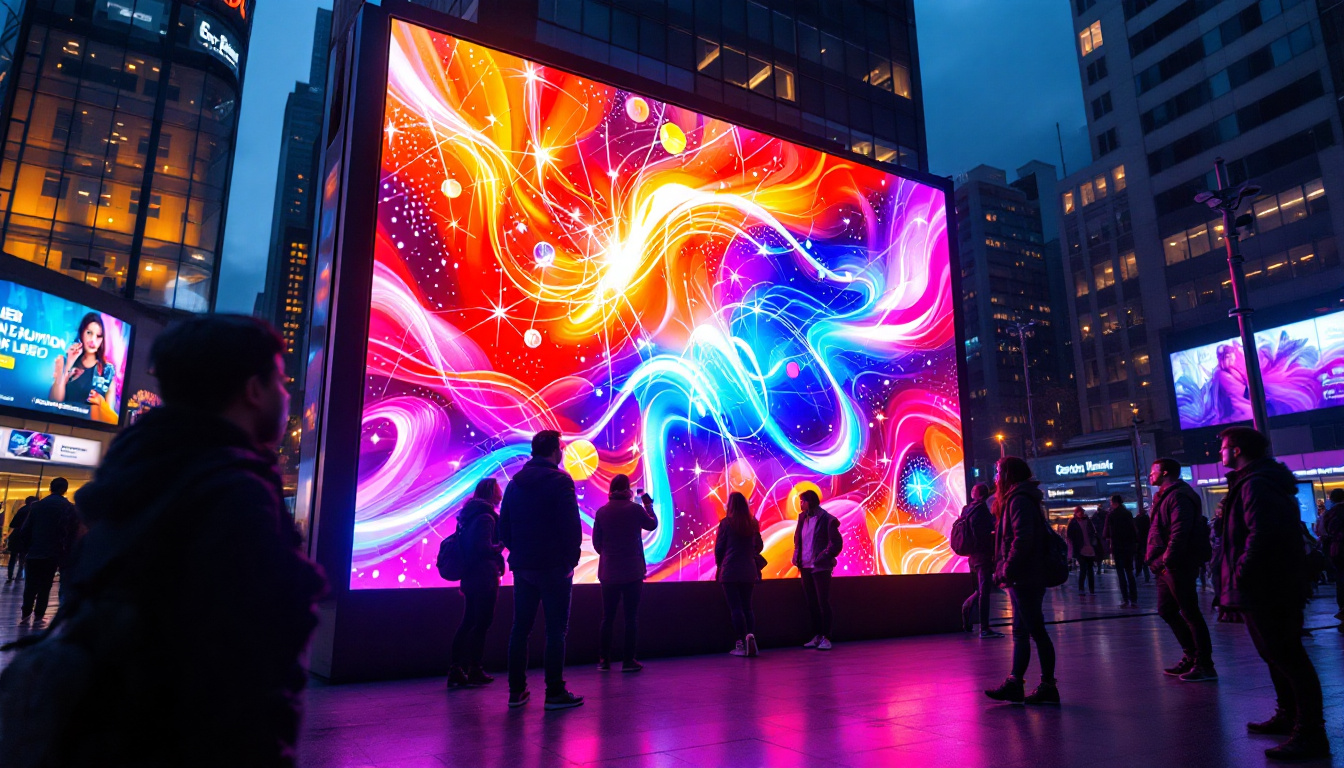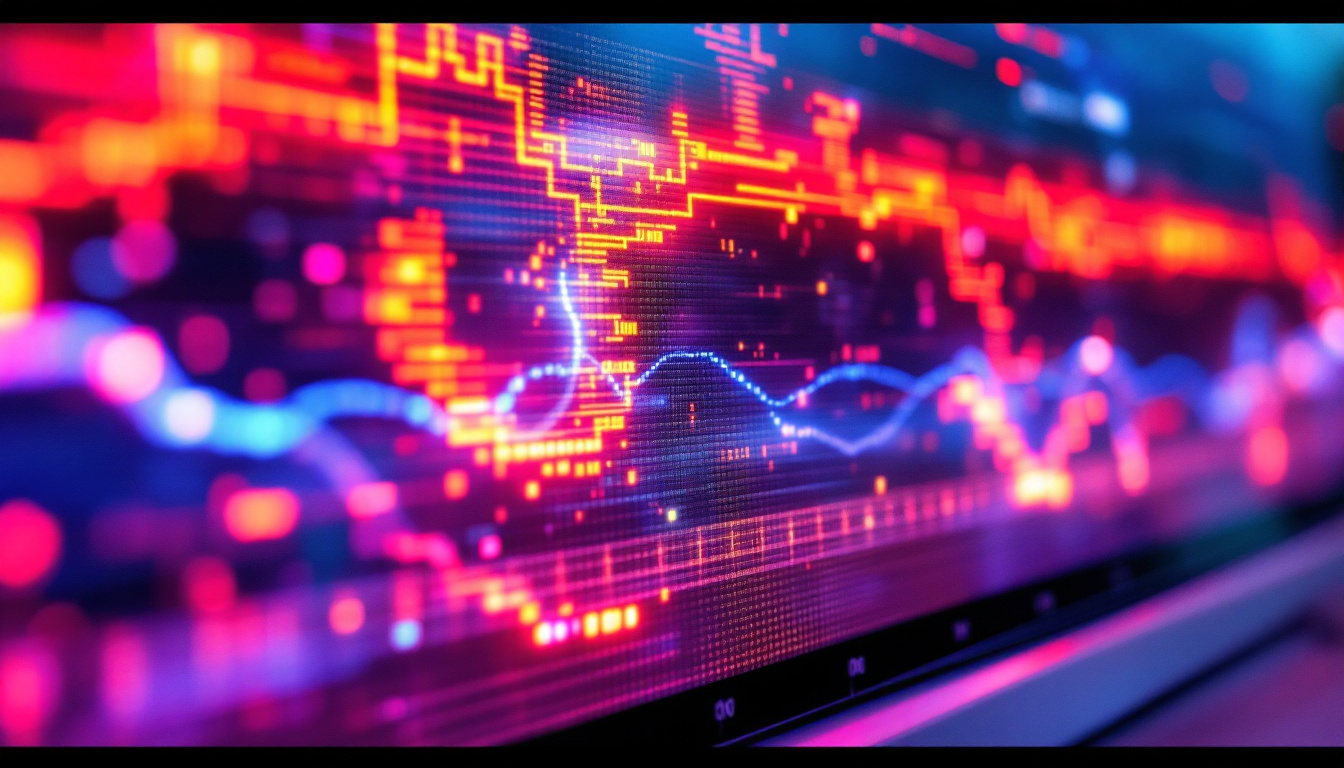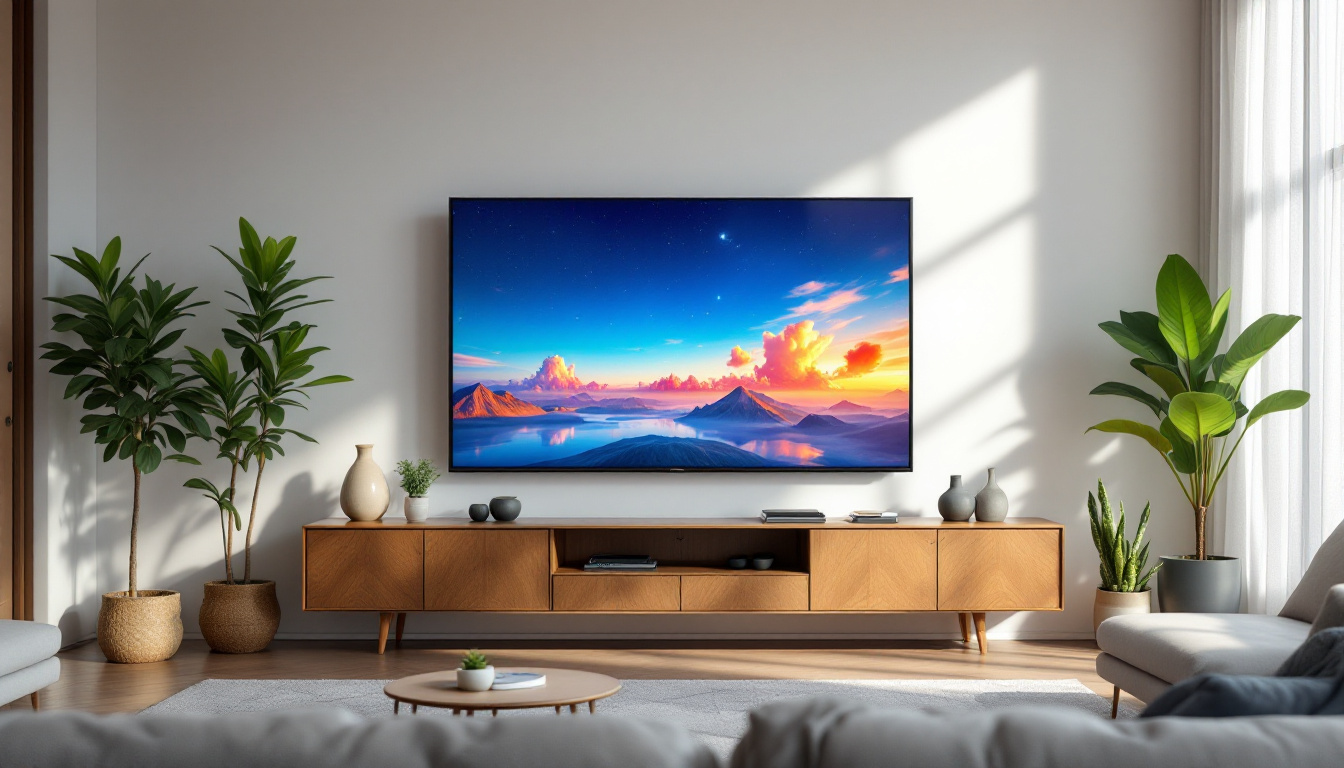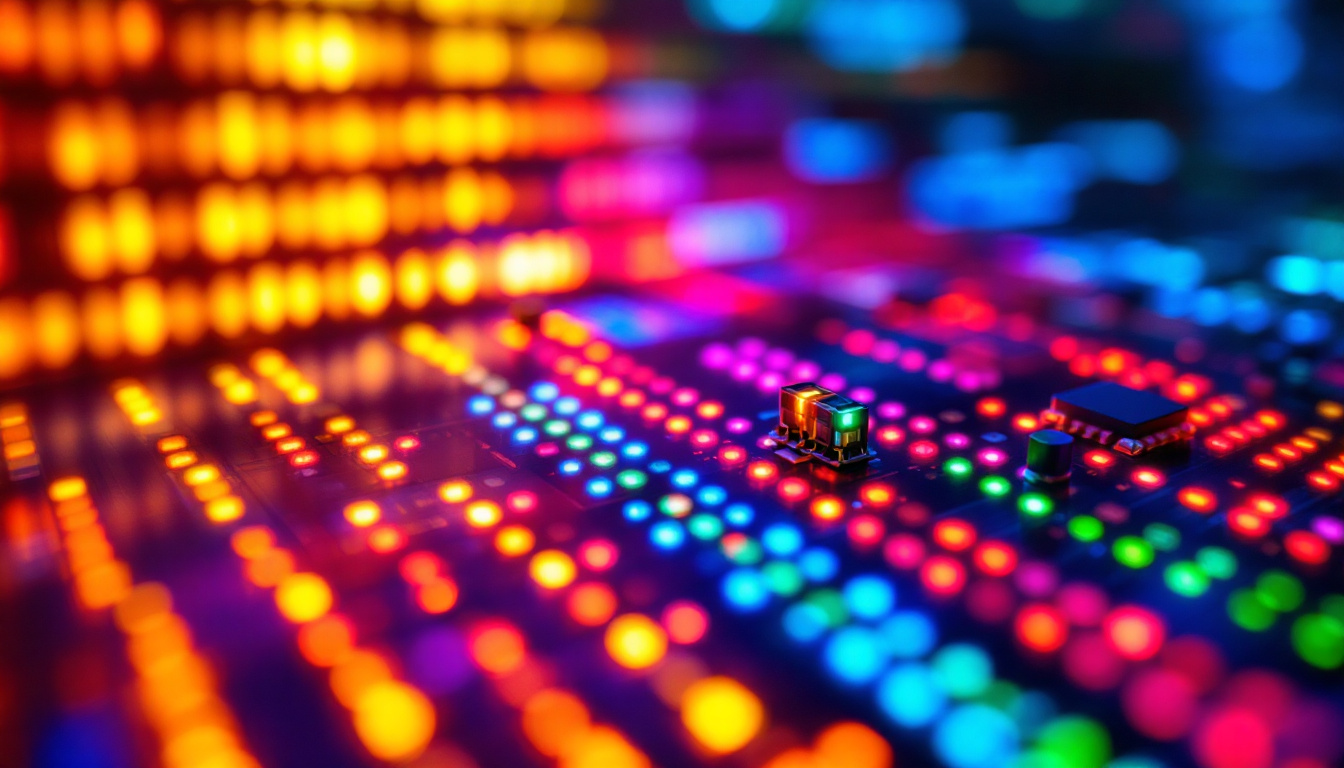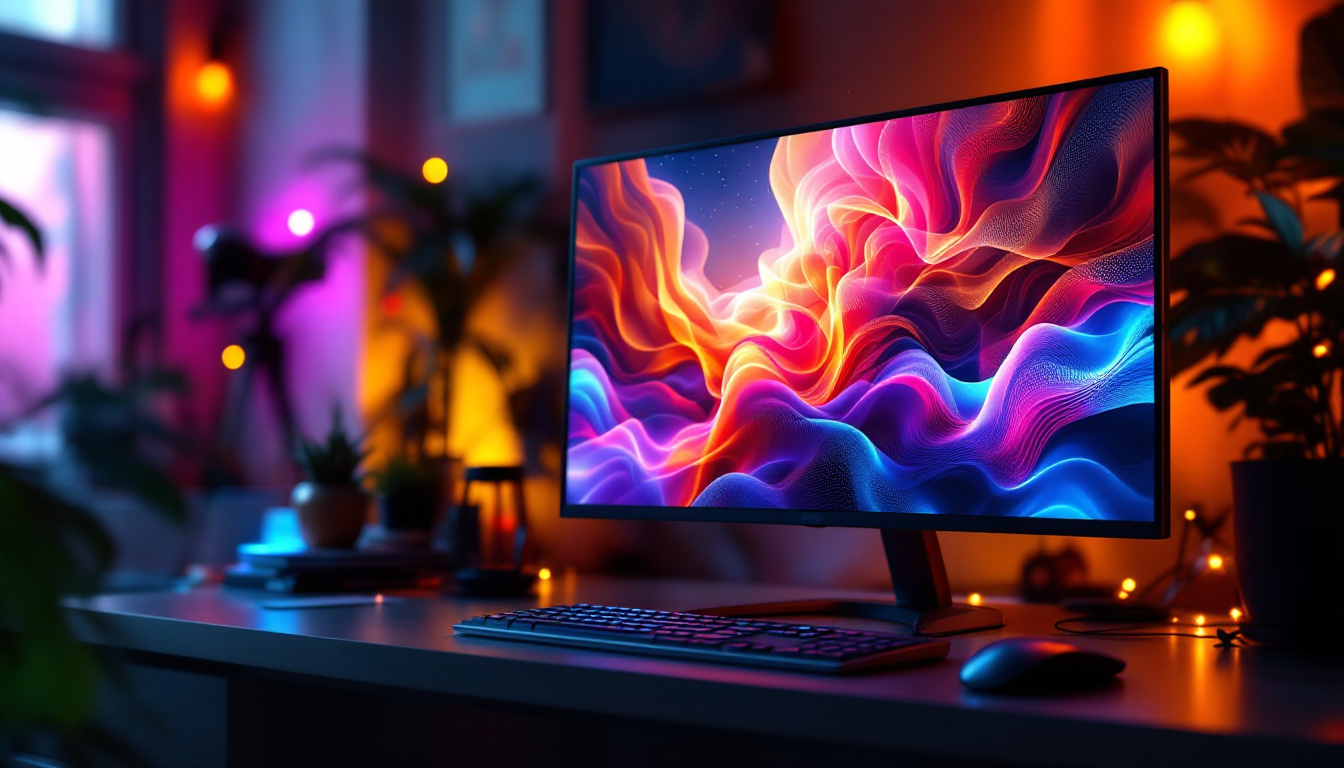In today’s fast-paced world, the demand for flexible, dynamic spaces is greater than ever. Whether it’s for trade shows, corporate events, retail environments, or even construction sites, the ability to quickly erect temporary walls that are both functional and visually engaging is invaluable. One of the most innovative solutions to this challenge is the use of LED displays as temporary walls. This article explores the concept of building temporary walls using LED technology, examining their benefits, practical applications, and considerations for successful implementation.
Understanding Temporary Walls and Their Importance
Temporary walls have long been a staple in industries that require adaptable spaces. Unlike permanent walls, these structures are designed to be erected and dismantled with ease, allowing for rapid reconfiguration of environments. Traditional temporary walls are often constructed from materials like drywall, fabric panels, or modular partitions. While these solutions provide basic separation and privacy, they typically lack interactivity and visual appeal.
In contrast, temporary walls built with LED displays offer a transformative approach. These walls not only serve as physical barriers but also function as dynamic canvases for digital content. This dual functionality makes LED temporary walls highly desirable for businesses looking to enhance engagement, branding, and communication within their spaces.
The Growing Demand for Flexible Spaces
According to a report by Grand View Research, the global market for modular walls and partitions is expected to grow at a compound annual growth rate (CAGR) of 5.4% from 2023 to 2030. This growth is driven by increasing urbanization, the rise of co-working spaces, and the need for adaptable event venues. Temporary LED walls fit perfectly into this trend by offering a solution that is both versatile and technologically advanced.
Why Choose LED Displays for Temporary Walls?
LED displays bring several advantages to temporary wall construction. They provide high-resolution visuals that can be customized instantly, enabling businesses to change messaging or ambiance without physical alterations. Additionally, LED walls are lightweight, modular, and easy to assemble, making them ideal for temporary installations. Their energy efficiency and durability further enhance their appeal in various settings.
Key Benefits of Using LED Displays as Temporary Walls
Integrating LED displays into temporary walls offers a range of benefits that extend beyond mere aesthetics. These advantages make LED walls a smart investment for companies seeking to maximize the utility of their temporary spaces.
Enhanced Visual Impact and Engagement
One of the most compelling reasons to use LED displays as temporary walls is their ability to captivate audiences. Unlike static partitions, LED walls can showcase vibrant videos, animations, and interactive content. This capability is particularly valuable in retail environments, exhibitions, and corporate events where grabbing attention is critical.
For example, a fashion retailer might use an LED wall to display runway footage or promotional videos, creating an immersive shopping experience. Similarly, trade show exhibitors can leverage LED walls to highlight product features or live social media feeds, driving visitor interaction.
Flexibility and Customization
LED walls are highly modular, allowing for custom shapes and sizes that fit specific spatial requirements. Panels can be combined or separated to create walls of varying lengths and heights, adapting to different venues and layouts. Content can be updated in real time, enabling event organizers or marketers to tailor messaging to different audiences or times of day.
This flexibility reduces the need for multiple physical setups, saving time and labor costs. Moreover, the ability to quickly reconfigure the space supports agile business models and innovative event designs.
Durability and Ease of Installation
Modern LED panels are designed for durability and ease of use. Many systems feature lightweight aluminum frames and magnetic or clip-in connections that simplify assembly and disassembly. This means temporary walls can be built rapidly without specialized tools or extensive labor.
Additionally, LED displays are built to withstand frequent handling and transportation, making them ideal for touring events or pop-up installations. Their robust construction ensures long-term reliability, reducing maintenance expenses.
Energy Efficiency and Sustainability
Energy consumption is a key consideration for any electronic display. Advances in LED technology have led to highly energy-efficient panels that consume significantly less power than older display types such as LCD or projection systems. This efficiency not only lowers operational costs but also aligns with growing corporate sustainability goals.
Furthermore, the reusable nature of LED temporary walls minimizes waste compared to disposable signage or printed materials, contributing to a greener event or retail strategy.
Practical Applications of LED Temporary Walls
The versatility of LED temporary walls makes them suitable for a wide range of industries and use cases. Understanding these applications helps businesses identify opportunities to leverage this technology effectively.
Events and Exhibitions
Trade shows, conferences, and exhibitions benefit immensely from LED temporary walls. These walls can be used to create branded environments, direct attendee flow, or provide interactive information points. The ability to display dynamic content such as live feeds, schedules, or product demos enhances visitor engagement and creates memorable experiences.
For example, CES 2024 featured several exhibitors using LED walls as temporary partitions to showcase new technologies and create immersive brand zones. This trend is expected to continue as event organizers seek innovative ways to differentiate their spaces.
Retail and Pop-Up Stores
Retailers are increasingly adopting LED temporary walls to create eye-catching displays and flexible store layouts. Pop-up shops, in particular, benefit from the quick setup and visual versatility of LED walls. Brands can adjust messaging daily or even hourly to reflect promotions, seasons, or customer preferences.
One notable example is a global cosmetics brand that used LED walls in a temporary store to simulate different environments—such as a tropical beach or urban cityscape—enhancing the thematic appeal of their product lines.
Corporate and Office Spaces
In corporate environments, LED temporary walls can be used to divide open-plan offices, create meeting pods, or display corporate communications. This approach supports flexible workspace strategies and helps companies adapt to changing team sizes or project needs without costly renovations.
Moreover, LED walls can serve as digital noticeboards or collaboration tools, displaying real-time data, announcements, or interactive content that fosters employee engagement.
Construction and Renovation Sites
On construction sites, temporary walls are essential for safety and privacy. Using LED displays as temporary barriers can add an extra layer of communication by providing real-time updates, safety messages, or visual branding. This application is particularly useful in high-traffic urban areas where construction projects impact public spaces.
Considerations for Building LED Temporary Walls
While LED temporary walls offer numerous advantages, successful implementation requires careful planning and consideration of various factors.
Technical Specifications and Quality
Choosing the right LED panels is crucial. Factors such as pixel pitch (the distance between LEDs), brightness, refresh rate, and viewing angle affect the visual quality and suitability for different environments. For example, outdoor installations require higher brightness levels to combat sunlight glare, while indoor displays can prioritize resolution and color accuracy.
Working with reputable manufacturers and suppliers ensures access to high-quality components and technical support, minimizing the risk of malfunctions or poor performance.
Structural Stability and Safety
Although LED panels are lightweight, the overall temporary wall structure must be stable and secure to prevent accidents. This involves proper anchoring, weight distribution, and compliance with local building codes and safety regulations. Consulting with structural engineers or professional installers can help address these concerns effectively.
Power and Connectivity Requirements
LED walls require reliable power sources and data connections. Planning for cable management, power distribution, and backup systems is essential to avoid interruptions during use. Wireless control options are available but may introduce latency or connectivity challenges that need to be managed.
Cost Considerations
While LED temporary walls can be cost-effective over time due to their reusability and impact, initial investment costs can be significant. Budgeting should account for panel purchase or rental, installation labor, content creation, and ongoing maintenance. Comparing these costs against the benefits of enhanced engagement and flexibility will help justify the expenditure.
Future Trends in LED Temporary Walls
The technology behind LED temporary walls continues to evolve, promising even greater capabilities and applications in the near future.
Integration with Augmented Reality (AR) and Interactive Technologies
Combining LED walls with AR and interactive sensors can create highly immersive environments. Visitors could interact with content through gestures or mobile devices, transforming temporary walls into engaging digital experiences. This integration is already being explored in museums, retail, and entertainment sectors.
Advancements in Flexible and Transparent LED Panels
Emerging LED technologies include flexible and transparent panels that can conform to curved surfaces or serve as see-through partitions. These innovations will expand design possibilities and allow for more creative use of temporary walls in architecture and interior design.
Improved Energy Efficiency and Sustainability
Ongoing improvements in LED efficiency and the use of recyclable materials will further reduce the environmental impact of temporary walls. This aligns with increasing corporate responsibility and consumer demand for sustainable solutions.
Conclusion
Building temporary walls with LED displays represents a significant advancement in creating adaptable, visually compelling spaces. Their combination of flexibility, durability, and digital capability makes them ideal for a wide range of applications—from events and retail to corporate and construction environments. By understanding the benefits, practical uses, and key considerations, businesses can leverage LED temporary walls to enhance engagement, streamline operations, and future-proof their spatial strategies.
As technology continues to advance, the potential for LED temporary walls will only grow, offering exciting opportunities for innovation in space design and communication.
Discover the Future of Space Design with LumenMatrix
Ready to transform your spaces with the latest in LED display technology? LumenMatrix is at the forefront of innovation, offering a wide array of LED display solutions that bring your brand to life. From captivating Indoor and Outdoor LED Wall Displays to dynamic Vehicle and Sports Displays, our products are designed to engage and mesmerize your audience. Experience the revolution in visual communication with our Custom, All-in-One, and Transparent LED Displays, each crafted to deliver your message with unparalleled clarity and impact. Check out LumenMatrix LED Display Solutions today and elevate your temporary wall installations to new heights of interactivity and visual appeal.

